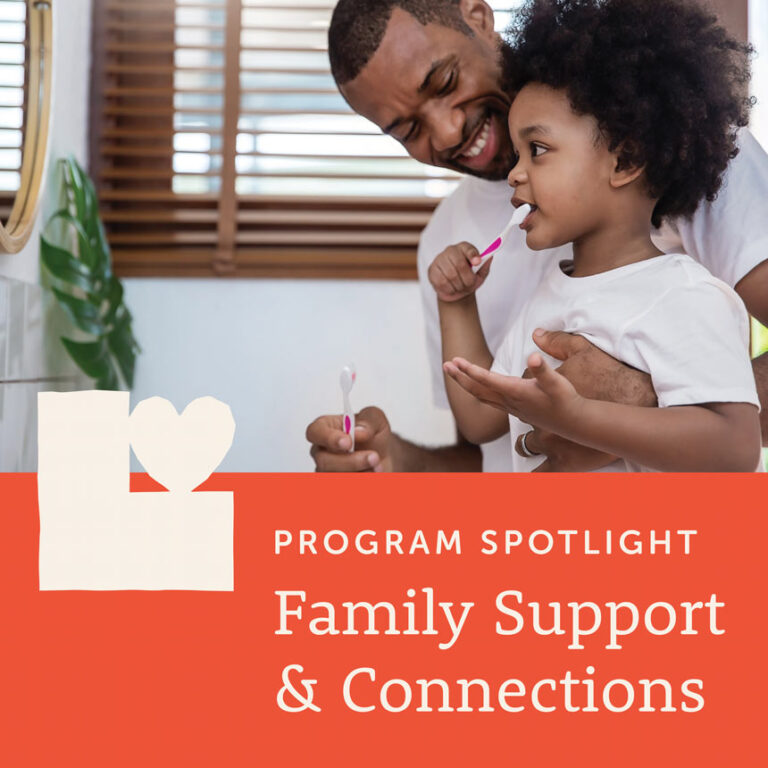
In the past few years, you’ve probably seen someone include their pronouns in their email, or maybe they’ve even shared them out loud during a meeting. You can help create a more inclusive environment in your daily life by learning more about the importance of pronouns. How can you get started? The first thing you can do is introduce yourself with your own preferred pronouns, and then ask the other person what their preferred pronouns are.
What Exactly is a Pronoun and Why are They Important?
A pronoun can substitute for another noun or phrase in a sentence, including the words he, she, I, you, we, it, and they. The reasons someone uses specific pronouns are very personal. Someone may not feel they fit into the strict categories of male or female. They may be genderfluid, with an identity that is sometimes one gender and sometimes another. They might identify with aspects of multiple genders. Or they may simply not want to be referred to with any gendered language at all.
No matter what the reason, it’s important to respect the pronouns they ask you to use. When you misgender someone by using pronouns or labels that don’t reflect their identity, it has real consequences.
In medical and mental health settings, staff using the wrong pronouns can discourage trans patients from seeking care. The 2015 National Transgender Survey found that 50% of trans people reported having to educate providers about their identities, and 28% reported delaying necessary care due to discrimination. Making the effort to help trans clients feel comfortable can be lifesaving.
It’s also important to respect pronouns when speaking to or about your colleagues. Transgender people report widespread workplace discrimination due to their identities, and research shows that microaggressions such as misgendering and being subject to gender-based stereotypes can cause stress, anxiety and depression. Part of LifeWorks NW’s commitment to Diversity, Equity and Inclusion is cultivating a workplace where transgender and nonbinary employees can be themselves without worry.
How do You Use Pronouns You’re Not Used To?
If you haven’t met someone who uses they/them pronouns before, it might feel intimidating to incorporate into your everyday speech. That’s completely normal. However, most of us have used they as a singular pronoun to refer to someone of an unknown gender without even realizing it.
For example: “The mail carrier delivered my package to the wrong address. They must be new.”
When using they/them pronouns for a nonbinary person, use they when you would normally use he or she. Use them when you would use him or her. And use theirs when you would use his or hers. Because you’re only talking about one person, you would not make the verb plural the same way you would when speaking about a group of people.
Here’s an example: “Jade is nonbinary. They love working on their garden. I really enjoy talking to them about plants!”
It may feel awkward at first, but as you use this language more it becomes easier. If you’re still unsure how to use they as a singular pronoun, this page has more information and examples.
If you spend any time in LGBTQ+ spaces, you’ll probably encounter people using neopronouns as well, such as xe/xem/xyr, ey/em/eir, and fae/faer/faers. If you aren’t used to using them, this can be tricky! Here is a guide that explains how to use a wide variety of common neopronouns, along with examples. Ask the person how to pronounce their pronouns if you’re not sure, and practice using them in sentences when they’re not around. They’ll appreciate the effort you’re putting in, and you’ll be learning something new.
Some people may use multiple sets of pronouns, which they write as they/he, she/fae, he/she/they, etc. This means that person is okay being referred to with any of the listed sets of pronouns. The first pronoun may be the one they prefer, but not always. Some people like to have all sets of pronouns used equally, or for people to alternate. Some have no preference either way. This can vary from person to person, so ask if you’re unsure.
Finally, if a transgender man or woman has already asked to be referred to as he/him or she/her, use those pronouns. Defaulting to they/them for anyone who appears gender nonconforming, even when they have already shared their pronouns, can feel invalidating of their identity.
Photo courtesy of The Gender Spectrum Collection.










